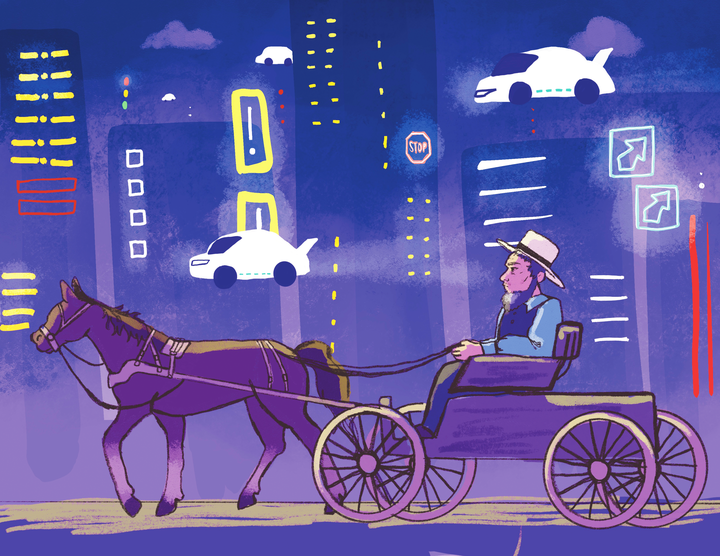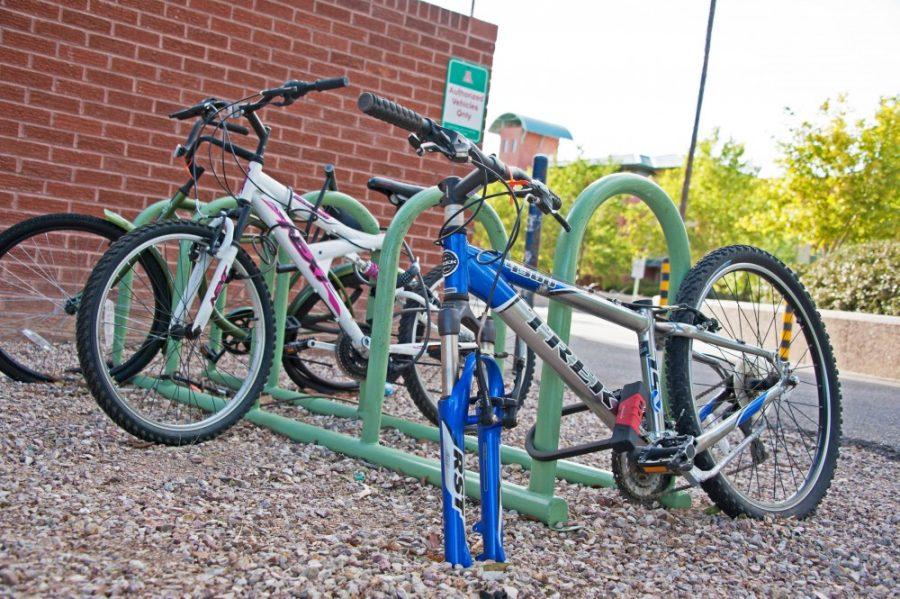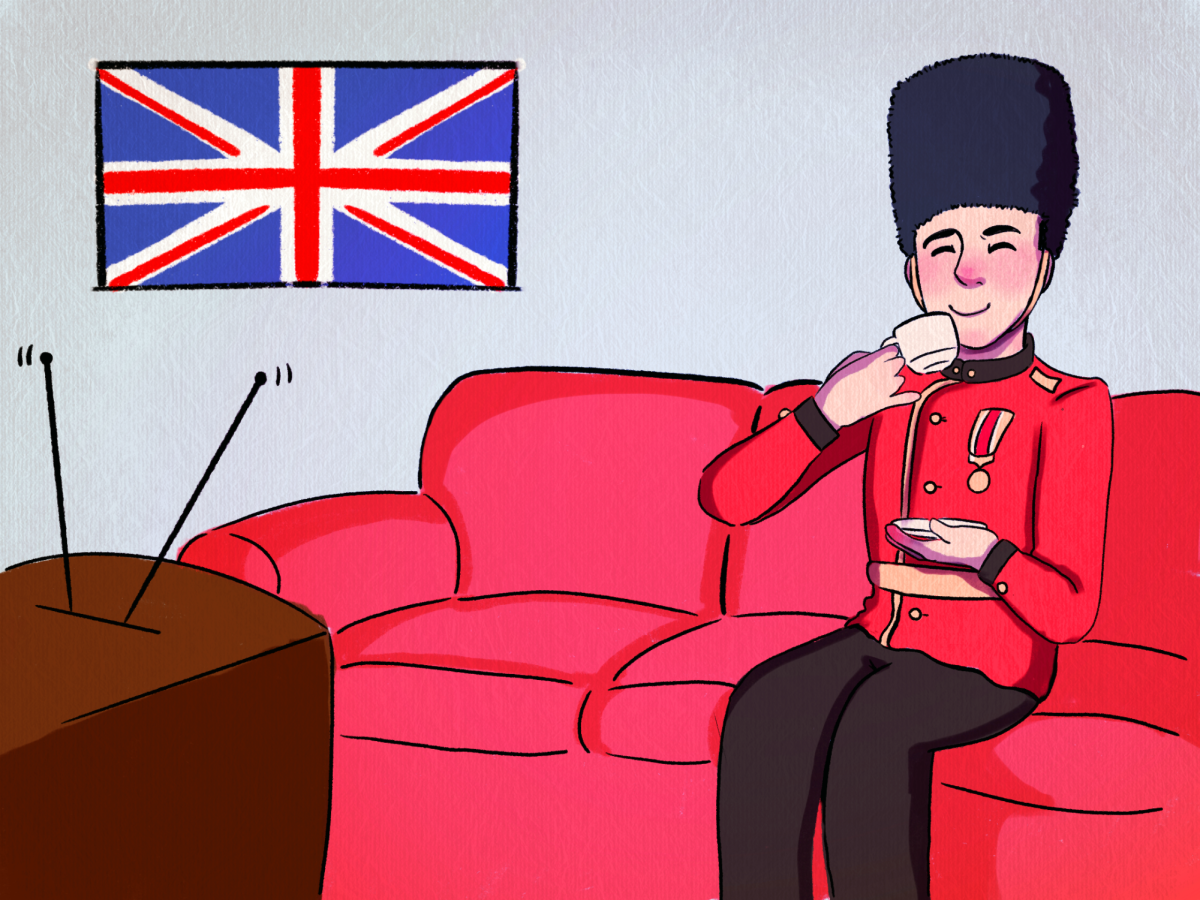The U.S. has a rate of gun violence and homicide overall that is startlingly high for a developed country, and many point to its relatively lax restrictions of gun ownership and record-high level thereof. Whether they are on the side of more gun control or less, people are very concerned about gun-related deaths, and with good reason considering the mass shootings that we have been experiencing nearly every other week lately.
What we do know is that gun suicides kill 60 percent more often than gun homicides in this country, and decreasing gun ownership definitely lowers suicide rates. You might be thinking that it must lower only gun suicide rates. Anyone who really wants to kill themselves will just find another way, right? Wrong. This line of thinking reveals an astounding degree of ignorance about the top killer of young people.
The bottom line is reduced gun ownership leads to a reduced rate of suicides and a subsequently lower number of gun-related deaths each year.
Living in a house with a gun increases your odds of death by suicide 17-fold and, according to the Times, “the firearm-suicide rate for U.S. children is 10 times higher than the firearm-suicide rate of the children of all other nations in the world combined, according to the National Institutes of Health.” The odds of gun ownership saving you from a violent criminal is profoundly lower than the odds of you shooting yourself or someone else.. Even if you’re the happiest person in the world and have never had a suicidal thought in your life, having a gun simply provides the option. You could live in a violent neighborhood and be constantly at risk of being a victim of gun violence but, the one factor we’re too scared to discuss—suicide—is the thing more likely to kill you. If you don’t have a gun, this risk is profoundly decreased.
In fact, gun suicides are more effective than most other methods and subsequently much more preventable. While unavailability of guns may be correlated with an increase in other methods of suicide, the result is still a profound drop in the overall number of suicides. When the number of lives lost by gun-related suicide significantly dwarves the number by other gun deaths, why is this dark side of the gun culture not discussed?
Suicide makes us uncomfortable. There are no good guys and bad guys and exciting shootouts. But we’re talking about so many lives, mostly young, promising ones whose losses not only devastates families and friends but are a serious drain on our economy and society.
Only a few states even have death with dignity acts. We clearly are not comfortable with death at all. It’s easy to focus on the murders and the deaths by disease, but that’s not helpful. Of course, we’d rather focus on the much smaller amount of deaths about which the evidence is less conclusive because, for most people, it’s really not about saving lives. It’s about sticking it to the ammosexuals or the bleeding hearts or whomever. It’s about feeling vindicated and avoiding hard conversations.
Research suggests that, for every 1 percent decrease in gun ownership, there is a .5 to .9 percent decrease in suicides, or 345 lives saved to provide some context about how much people should care.
When it’s a group of murders, the number matters and they have names, when it’s a suicide it’s over and done.
There is much we can do. Preventing IDF conscripts from bringing their guns home on the weekend reduced Israel’s conscript suicide problem by 40 percent. “[Ninety] percent of Americans support universal background checks, which would surely help. [Eighty-two] percent of teenage suicides involve guns poorly secured or foolishly unprotected by members of their family,” according to The New York Times, so we have to do something about that. There are practical, simple steps we can take as a country to avoid both gun suicides and homicides, regardless of our willingness to dwell in dark corners. Maybe we can start there.
Follow Martin Forstrom on Twitter.








